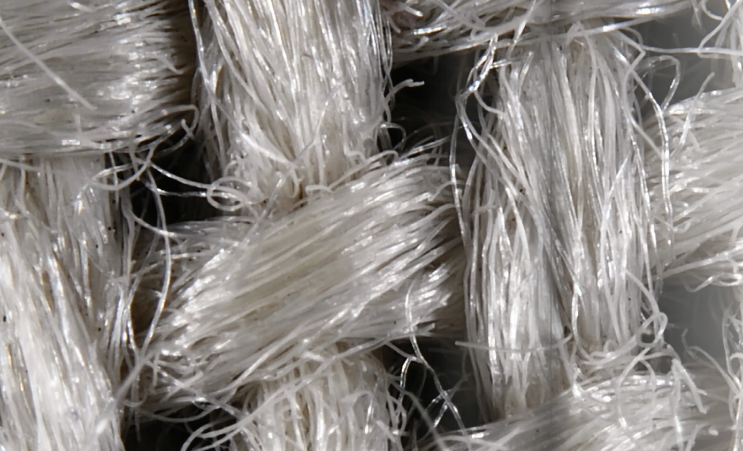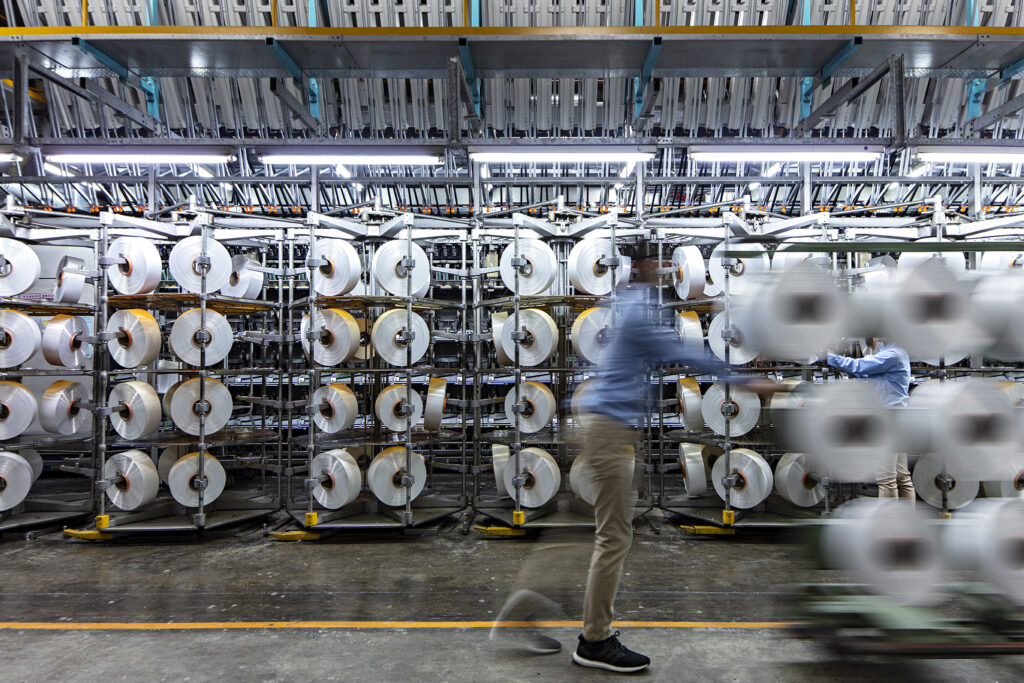
FIBER2FASHION | Subir Ghosh – The past one year or so has seen frantic calls for a “green recovery” of the planet ravaged by the covid-19 pandemic. More than twelve months later, many are still debating passionately and not much headway has been made except for the fact that most detractors agree sotto voce that the fashion industry, for whatever reason, lies at the root of all problems plaguing the earth. Some initiatives have been launched, with a minuscule of them taking off in right earnest, and most others petering out with as much the whimper as they had begun with a bang. It would seem not many have been able to find the starting point at all, caught as they were in that dilemma of the four blind men who were asked to decide an elephant by feeling one of its parts. Every stakeholder—direct, indirect and those who have simply jumped on to the recovery-clamouring bandwagon—wants to have a deciding say in whatever is going to happen in the textiles-apparel-industry. True, every perspective is important, most valid too, and much of activities would need to be taken up and measures/regulations applied almost simultaneously. But then, everything needs a starting point just as much. For this industry, the starting point is the element that lies at its core: the fibre. The duopoly of cotton and polyester is virtually unchallenged, even though there have been many new fibres, apart from the many traditional ones that fell by the wayside, that have been gnawing away at the toeholds of the cotton-polyester duo. But it is not without reason that the two mainstay fibres hold sway: they have their plus points. Yet, the fibre sector has been seeing a lot of activity, with new developments/innovations gathering pace over the last one year. Experts and observers are unanimous in that the two mainstay fibres will not go away any time soon. New fibres will find acceptance, recycling/circularity will gather steam and scaleup to a point where they would be industrial sense, and many of the discarded traditional fibres will make a comeback, but not with enough firepower to dislodge the Big Two.
Experts Weigh In As The World Hangs By A Thread
Fibre2Fashion spoke to 21 industry professionals to ascertain their views and understanding about the state of fibres. As it turns out their arguments are very different from what others in the industry, but from different segments/sectors would believe. Below are the responses of SAYA Sr. VP S.Y. Huang.

Fiber2Fashion: There have been widespread calls for a green recovery of the fashion industry from the destruction wrought by the covid-19 pandemic. In some ways, this recovery needs to start from the fibre stage itself. What have you noticed in fibre development/innovation in the last one year? Has there been anything remarkable so far?
SY Huang: With consumers buying fewer apparel items during the pandemic, a few things have taken place. We saw orders for fibres drop in the second quarter of 2020 as brands, product managers and designers rethought and redesigned their future lines. This was difficult on the industry economically, but the pause gave brands the room they needed to build time for specifications at the fibre level to their design and production timeline. In the past, brands have relied on fabric mills to source the fibre, and the options were limited to virgin vs recycled PET in the case of polyester fibres. But now, the fibre industry is offering more choices including recycled PET from bottles collected from more fragile ecosystems such as Saya Coastal—a Saya 365 programme which collects bottles from coastal areas before they are washed out to the sea. This pause also gave fibre manufactures time to further develop green options. Saya used this time to explore new sources for recycled PET including fabric scrap and over runs, which required us to develop a new technology to return it to the fibre level.
Fiber2Fashion: Cotton has been under pressure because of anthropogenic activities, climate change, etc. Polyester is in the dock for oceanic pollution as well as being a fossil fuel fibre. Do you see the world breaking away from these two any time soon? Are we going to see new fibres that are sustainable/circular as well as affordable?
SY Huang: At this point, we are exploring techniques to make production of existing fibres, including polyester, cleaner, more sustainable and circular rather than looking for entirely new resources for fibre. Saya is looking to collect plastic bottles for recycling before they end up in the ocean and to find additional sources of existing PET rather than extracting more fossil fuel from the earth. This change requires the industry to look at every step and component of the garment production process. We need to consider the entire lifecycle of a product, including the end of life for the product, initially at the conceptualisation stage itself.
Fiber2Fashion: Industry news is flooded with announcements about new fibre innovations/developments. Do you think there are far too many different fibres in the market, with each claiming this or that? Do you think there is so much of a clutter that both apparel makers as well as end-consumers stand confused?
SY Huang: Yes, there are more options on the market, and that requires more research and testing at all levels of the design and production process, but this abundance and choice is necessary for progress. The weaker innovations will not make it in the market and until a new development can be scaled up it will not be adopted. Sometimes it is a crisis that drives change, and we are at one of those moments in time. As an industry we have learned that change can sometimes cause new issues and it would behove us to analyse and try to predict future impacts as much as possible.
Fiber2Fashion: In which areas of fibre development/innovation do you foresee the maximum activity: sustainability/circularity, performance, longevity, or affordability?
SY Huang: Sustainability and circularity have to be the priorities for the foreseeable future. The last 50 years have been spent developing some great performance options, and now we are seeing that our push for superior performance comes at a cost. Expectations and standards in performance have been set, and the next challenge is to maintain those standards with more sustainable manufacturing at all levels.
Fiber2Fashion: What percentage of your turnover is invested in R&D towards fibre development/innovation? Is this amount going to be increased in the near future?
SY Huang: About 8–10 per cent of the turnover has been invested in R&D research since 2010. From now on, 70 per cent of investment will go into green development, including garment recycling, ocean-bound recycled bottles, advanced recycling technologies. The other 30 per cent will go into recycling-based performance fibres such as Saya fresh/stretch/microfibre and more. Aside from that, in response to our customers’ requests we are currently working on different green polymers as well. PBAT, a biodegradable polymer, has been developed to meet the highest standards.
Fibre2Fashion: Just creating a new fibre or innovating on one is not enough. The people have to accept it and buy too. How are you marketing your product among apparel manufacturers as well as end-consumers?
SY Huang: Consumers are aware of the issues caused by the textiles industry and they are looking at the industry to take on the responsibility, to do the research and to make the investment towards cleaner, more sustainable products at every level of the production cycle. They are no longer wooed simply by fashion or performance. So, Saya is telling the story of our research and development and dedication to helping the textile industry to become more sustainable.
Fibre2Fashion: One cannot be announcing a new fibre every other day. Yet, one needs to future-proof fibres too. How do you go about doing this? Is it even feasible?
SY Huang: The industry has learned a lot through its mistakes. We now have partners including BlueSign, the Higg Index and Oeko-Tex which are dedicated to developing sustainable standards and practices which can help see unintended issues well in advance. We can borrow from other industries too to learn from their successes and failures as well
Read the entire Fiber2Fashion report at: https://online.fliphtml5.com/wokmg/mnoc/#p=1